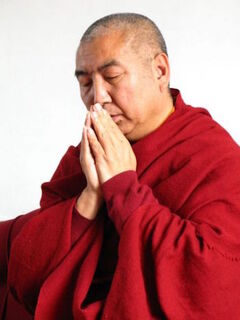Prayers Series
English (249) | Deutsch (12) | Español (24) | Français (49) | Português (7) | Italiano (4) | Nederlands (3) | 中文 (18) | བོད་ཡིག (249)
A selection of prayers or supplications (Skt. adhyeṣaṇa; Tib. gsol 'debs):
Adzom Drukpa
Amitābha
Amitāyus
Apang Tertön
by
Apang Tertön
Atiśa
Bardos
Butön Rinchen Drup
Chokgyur Dechen Lingpa
Clear Light
Confession
Ḍākinīs
Dilgo Khyentse Rinpoche
Do Khyentse Yeshe Dorje
Drukpa Kunley
Dudjom Lingpa
Dzogchen
Eight Mahāsiddhas
Eighty-Four Mahāsiddhas
Fifteenth Karmapa
Fourteenth Dalai Lama
Fourteenth Karmapa
Ga Rabjampa Kunga Yeshe
Gatön Ngawang Lekpa
Gesar
Gorampa Sonam Senge
Götsang Gönpo Dorje
Gyaltsen Tsemö Pung Gyen
Gyalwa Yangönpa
Gyarong Khandro
Gyurme Tsewang Gyatso
Jamgön Kongtrul
Jampa Kunga Tendzin
Jamyang Gyaltsen
Jamyang Khyenrab Tayé
Jamyang Khyentse Chökyi Lodrö
Jamyang Khyentse Wangpo
Jatsön Nyingpo
Jetsün Trinlé Chödrön
Jowo Rinpoche
by
Jigme Lingpa
